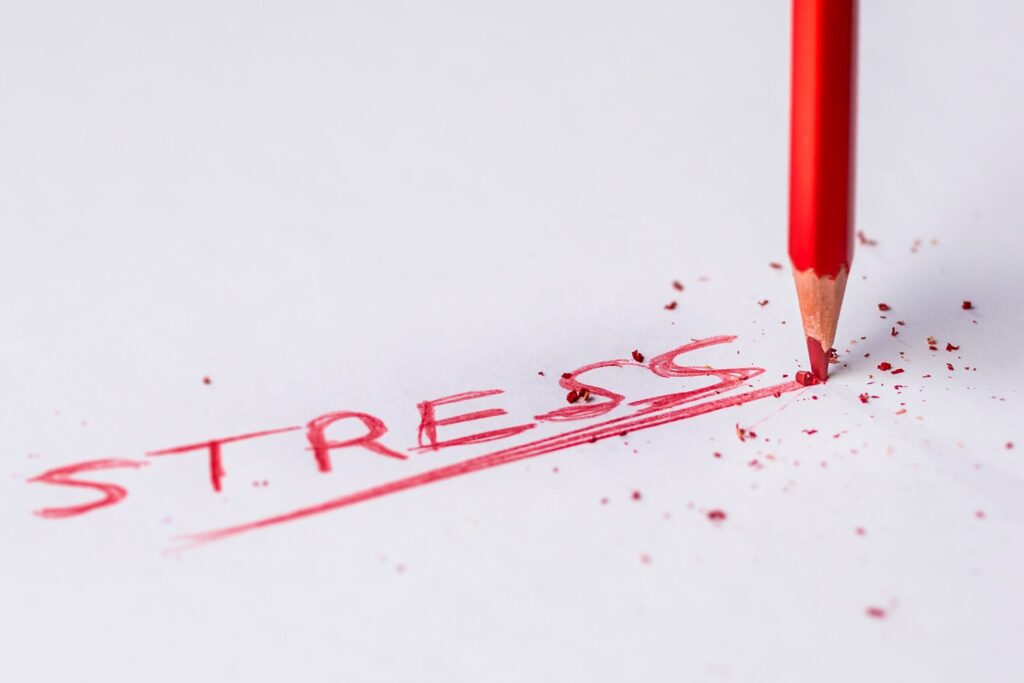There are many reasons why we eat that are not based in biological hunger. Sometimes it’s for celebratory reasons such as a slice of pie after a big Thanksgiving meal, because something looks good or is sitting right in front of you, or because you are feeling stressed about a work deadline or bored while watching TV. In today’s uncertain world, we’ve been hearing the stress and boredom eating coming up more and more. While we all eat when we aren’t hungry sometimes, if you find food to be your only coping strategy when life is overwhelming or dull, that can turn problematic. But how can you learn to change it? Check out the strategies below for some ideas on how to manage emotional eating:
First off, take a moment to ask yourself, Am I really hungry? We’ve discussed this intuitive eating strategy in an earlier post but it’s an important point to drive home. Anytime you go to grab a meal or snack, take a moment to think about this question. Use the hunger scale to rate your response and if you find yourself scoring at the higher end (i.e., not physically hungry) consider why you are thinking about food at this moment. Figuring out the why will help you figure out an effective solution from the ideas below.
Keep to a routine with your meals. It can be easy to fall into a more relaxed schedule if you are working from home (WFH) and your kids seem to be on permanent Spring Break. But this often leads to skipping meals, which can cause your biological hunger to go into overdrive and overeating to ensue at your next meal or snack. Try to stick with the same meal pattern you followed before shelter-in-place and if you do snack, try to make it a planned and controlled snack, not just mindlessly eating out of the bag in front of your computer.
Stay hydrated. Our bodies easily confuse thirst for hunger, so make sure to drink plenty of water, tea or sparkling water throughout the day to avoid getting dehydrated. Keep a water bottle at your workstation so you are always thinking about it, or make spa water to keep things interesting. Simply combine lemon slices, mint leaves, and sliced cucumber (or anything that sounds good!) in a large water jug with lots of ice and store in the fridge.
Avoid keeping trigger foods in the house. This can be challenging with the kids (and their snacks and baking projects) home more. As much as you can, try to control the quantity and type of snack foods that get brought into the house. Choose smaller portions of less healthy snacks and try to find ones that aren’t as tempting for you. Also make sure to keep plenty of healthier snack options stocked: veggie sticks and hummus, string cheese, popcorn, raw nuts, baked garbanzo beans or dried edamame. If you and your kids have jumped on the baking train, consider freezing leftovers to enjoy later so you don’t feel the pressure to eat it all before it goes bad.
Keep busy with fun distractions. As mentioned earlier, boredom is one of the biggest reasons people eat when they are not hungry. If you find this to be a challenge for you, try to think of fun indoor activities you can do to keep your mind occupied. Play board games, do puzzles, color, draw, sew, or knit while watching TV at night. Take advantage of having more time at home to complete home improvement tasks you have been putting off. Do at-home workouts or fun dances classes with your kids or go for family walks after dinner. If you find yourself snacking as procrastination from a boring work task, give yourself permission to just take a break. It doesn’t have to involve food. Get some fresh air and you may even find you are more productive when you return to your work.
Find comfort outside of food. Food may help us feel better in the moment, but it doesn’t fix the problem in the long run. If you find yourself scoring high on the hunger scale but still wanting to eat, ask yourself, “What do I really need at this moment?” Maybe it’s a 15-minute mental break from work or your kids, or a walk outside in the fresh air, or a phone call to your best friend or family member. In today’s anxiety-filled world, it’s more important than ever to take time to care for yourself and find effective ways to relieve the stress we are all experiencing. If you aren’t sure where to get started with stress relief, talk to your RD or medical provider and check out this meditation app.
Make time for exercise. You knew it was coming. But joking aside, exercise has been shown to be one of the best ways to manage stress and elevate mood. Chronic stress creates a hormonal imbalance in the body, which increases fat deposition and appetite. This hormonal imbalance increases the body’s production of cortisol and decreases the effectiveness of insulin (i.e., insulin resistance). But exercise can counteract this effect by increasing the muscle’s sensitivity to insulin, and studies have shown it can be just as effective as medications for depressed mood. It’s also a great distraction from boredom eating and an effective treatment for disturbed sleep patterns (often a side effect of stress). So lots of reasons to get moving! If you aren’t sure where to get started, start small with a 15-minute walk around your neighborhood listening to your favorite music. Or make an appointment with one of Enara’s rockstar exercise specialists!



